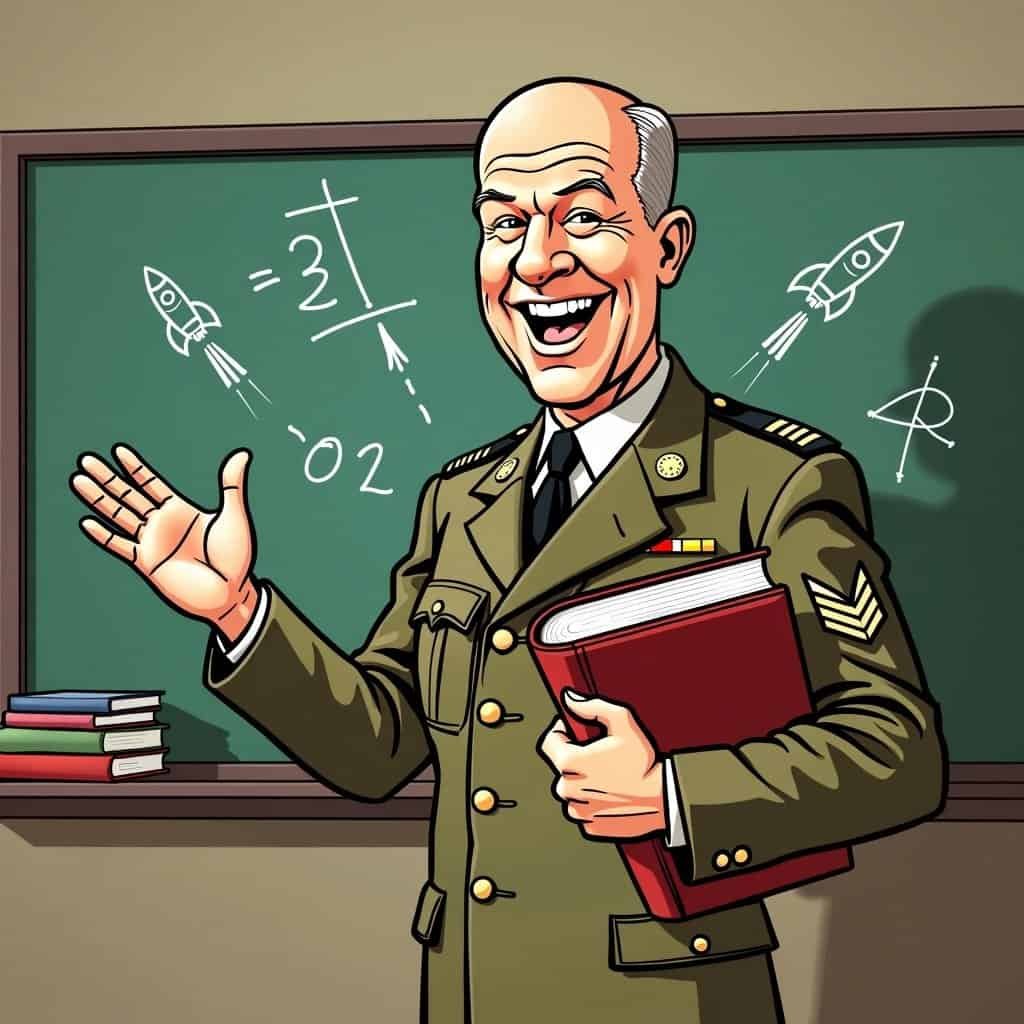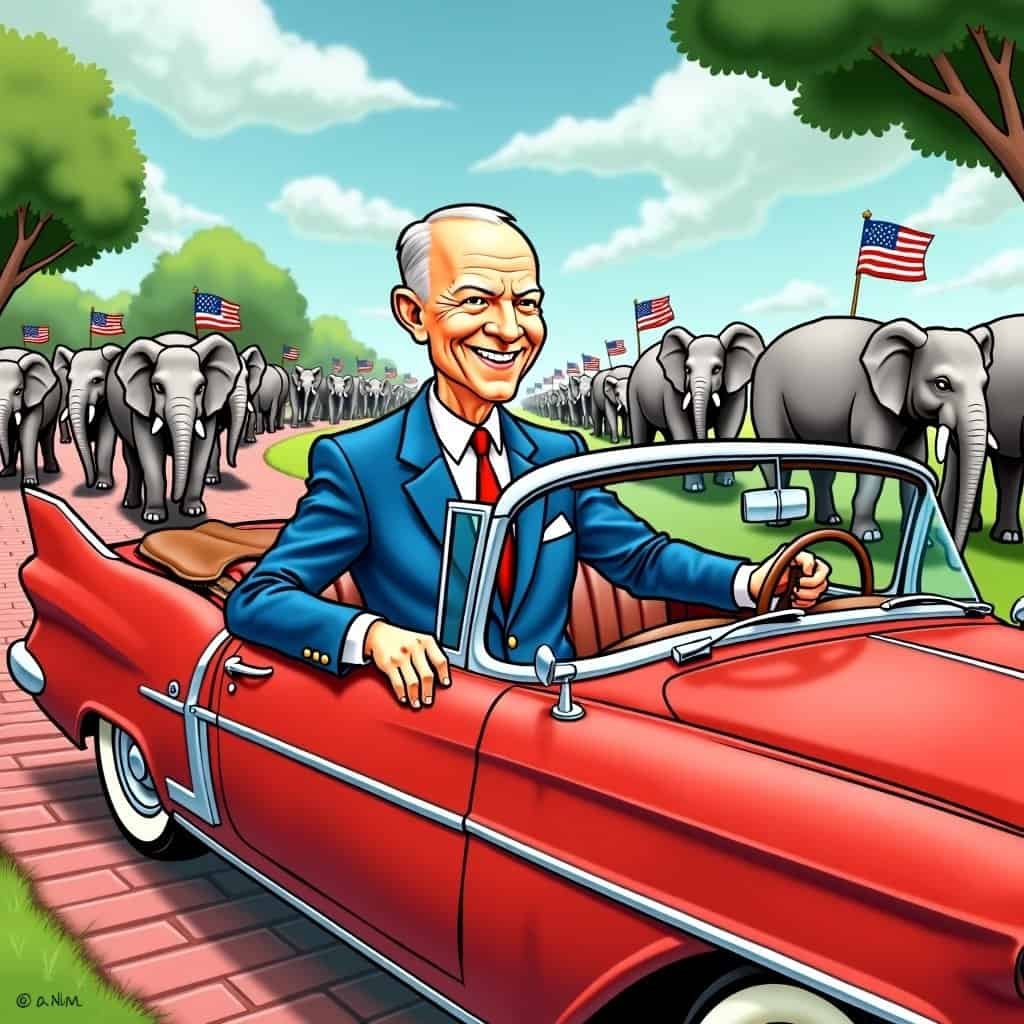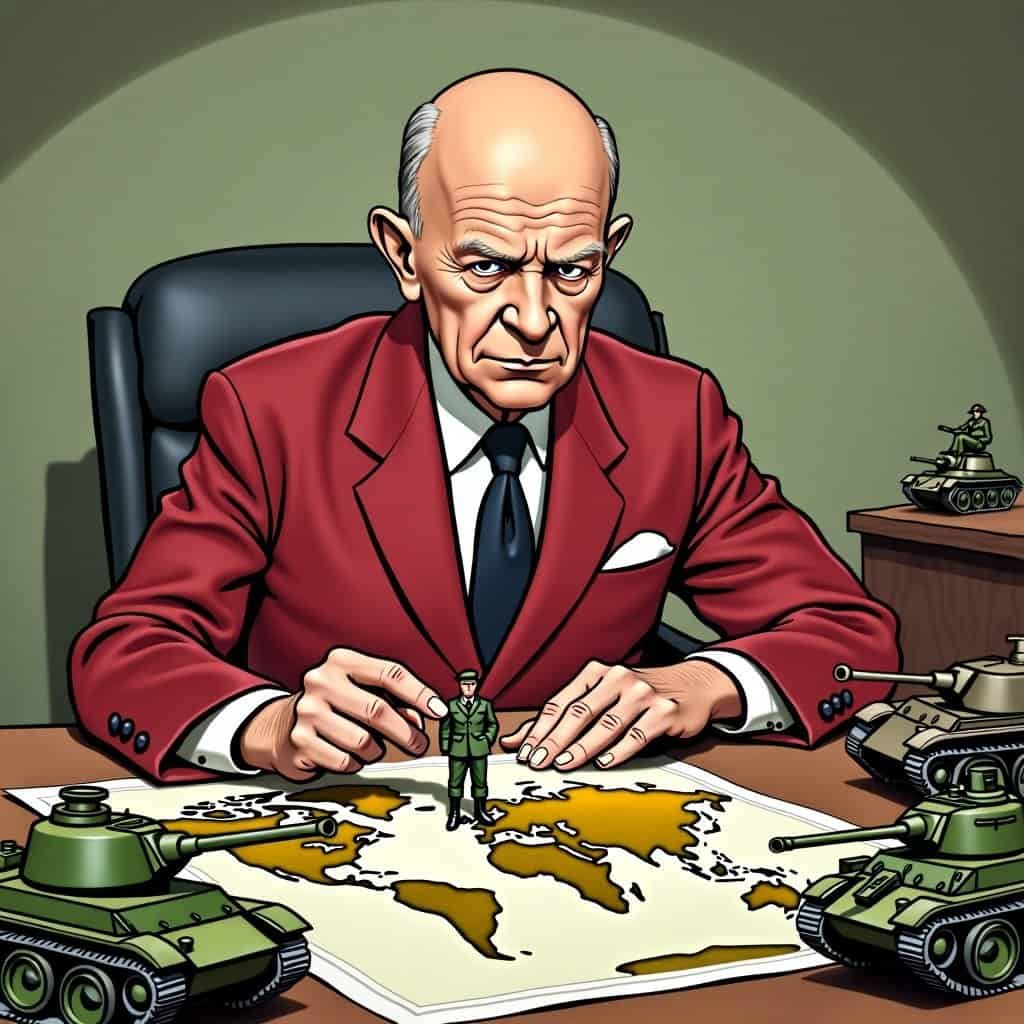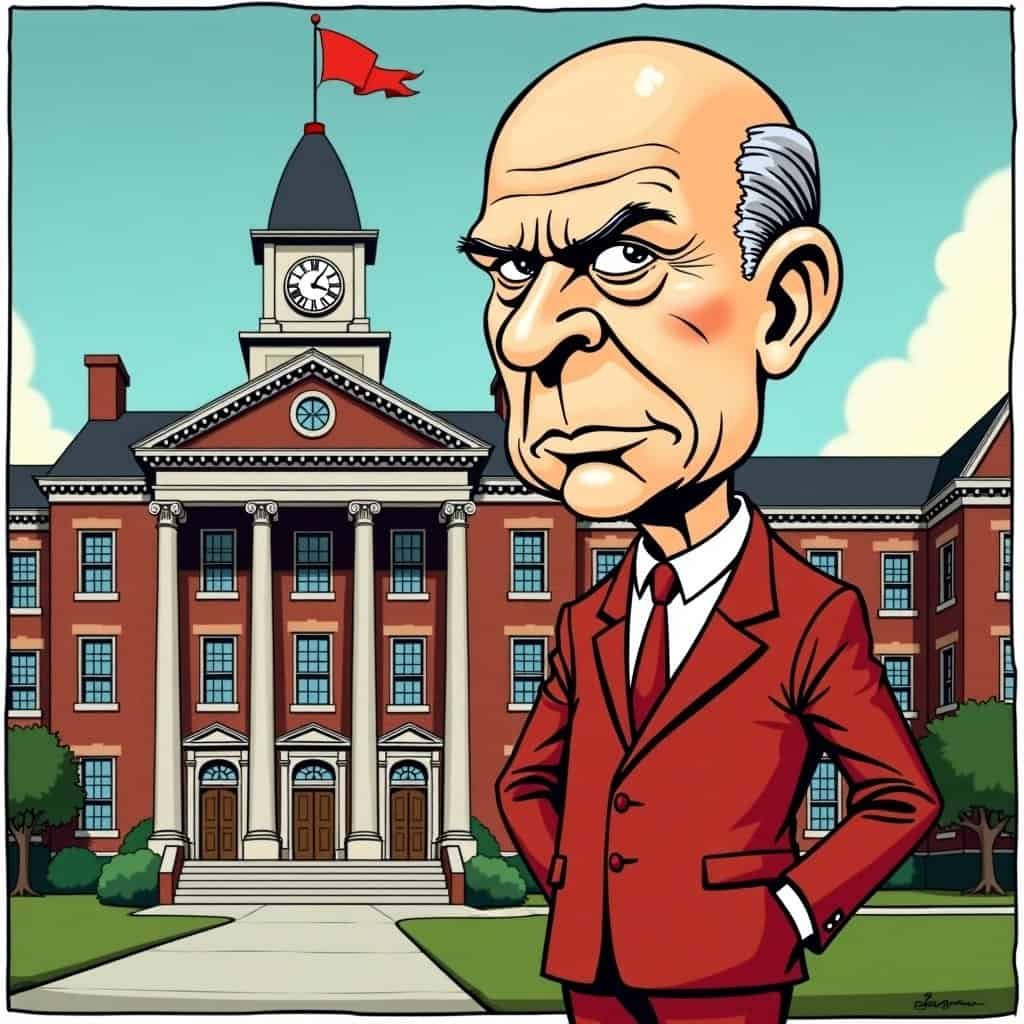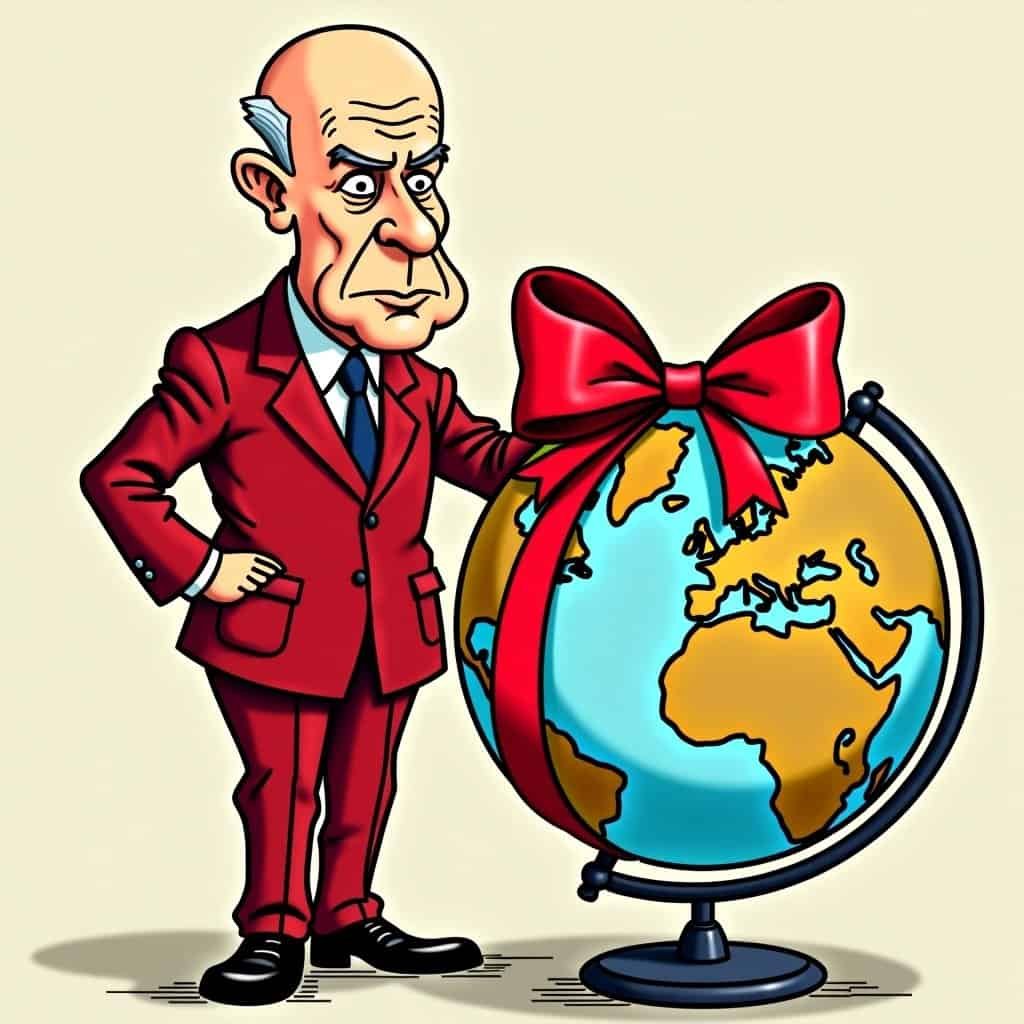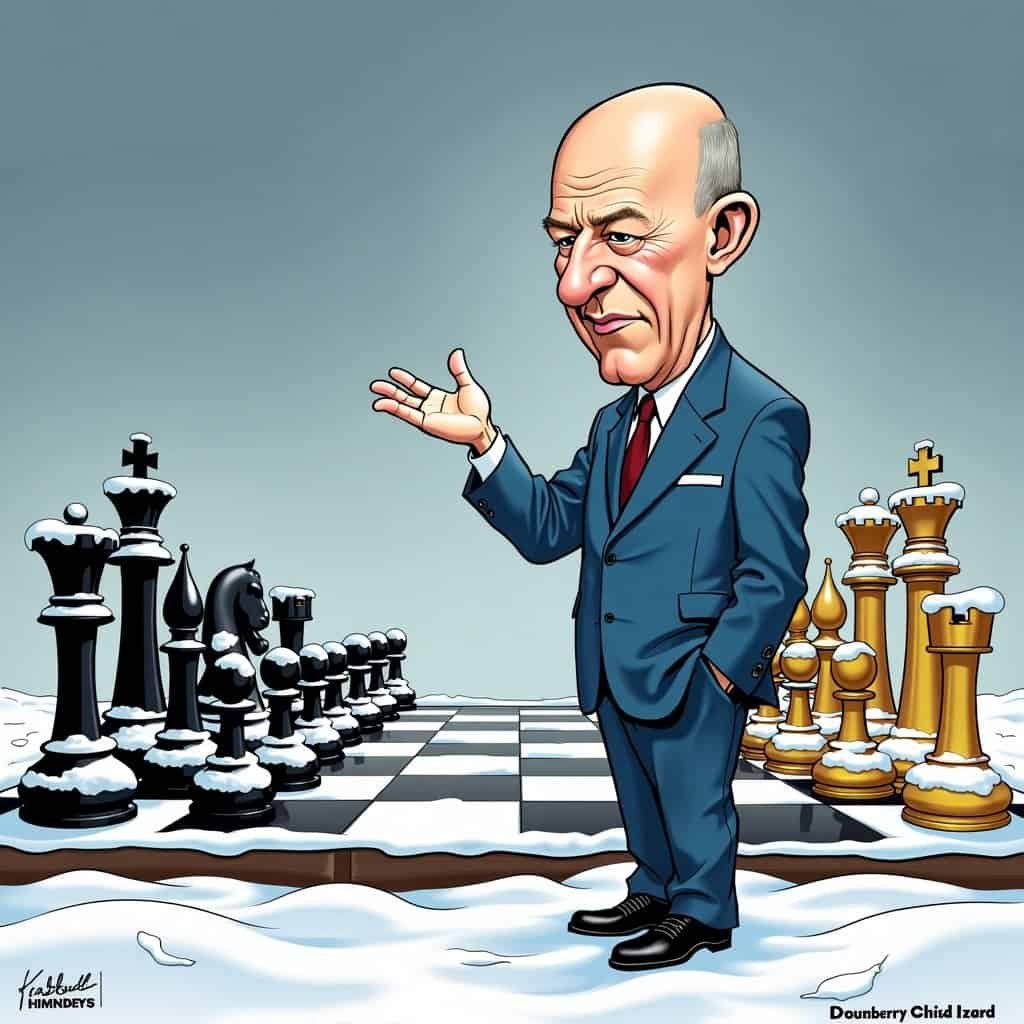Now, let’s chat about a certain Commander-in-Chief who might’ve had more interest in textbooks than some of those modern history books give him credit for. We’re talking about Dwight D. Eisenhower! The man often more associated with military strategy and commanding over pastry—doughnuts, to be precise—rather than school curriculums. Yet, Ike had some pretty strong convictions about education, and he wasn’t afraid to put his money where his mouth was.
His approach to education funding was like a military campaign—well-planned and strategically executed. Eisenhower saw education as a key investment in America’s future, a notion as popular among conservatives as apple pie… as long as the pie doesn’t come with a side of increased taxes.
Eisenhower’s administration introduced plans that were like a surprise attack for the betterment of our schools. Why didn’t he just leave us to happily wallow in educational mediocrity? Because even in the 1950s, people believed that education is the great equalizer. A bit of financial boost, the man thought, could go a long way in turning bright young minds into successful business owners, engineers, and yes, even presidents.
Eisenhower’s Education Strategy
Of course, there’s wisdom in connecting conservative principles and the value of education. It’s a fine line to walk between spending for growth and just spending for show. Conservatives typically emphasize limited government and fiscal responsibility, making sure that taxpayer dollars provide real value, not just a ticket to join the next governmental body of bureaucrats. Ike’s clever education strategies reflected that balance, promoting funding that targeted science and technological advancements—those smart areas of knowledge that truly contribute to economic growth.
Eisenhower’s Education Funding Focus
Under Eisenhower, the seeds of today’s thriving private sector innovation were planted. A smart mix of free market ideals and strategic investment resulted in an educational framework that didn’t just hand out diplomas like raffle tickets. It prepared future generations to compete in a world that would soon be mixing computers with typewriters like they were perfect dance partners.
A Conservative Approach to Education
Was Ike’s educational funding a liberal whim dressed in Republican attire? Not at all. He understood the role of government in creating environments where free enterprise could thrive. After all, even the Law of Physics says that for every action, there’s an equal and opposite reaction. Education funded wisely encourages those entrepreneurial ripples, leading to better economic opportunities for future generations.
It’s also worth noting that Eisenhower was operating at a time when international competition was heating up—it was starting to look like a great intellectual Cold War out there. The launch of Sputnik by the Soviets highlighted the need for scientific advancement here at home. Ike knew that America needed to study hard! Increased funding in education wasn’t just an act of kindness; it was a necessary strategy to keep America on top.
Legacy and Impact
Republicans today—with their good-ol’ fashioned dedication to smart spending and powerful economies—can look at Ike as a trailblazer. He paved the golden path for the idea that investing in education doesn’t mean throwing fiscal principles to the wolves; rather, it sparks innovation, preserves foundational ideals, and shows that quality education is indeed a cornerstone of national strength.
So, here’s a toast to Eisenhower’s vision—a man who knew that sometimes the key to winning battles lies not just on the battlefield but in the classroom. Unlike liberal policies that often favor big government handouts, Ike’s approach provided a wise lesson in strategically using government resources to boost national prosperity and preserve individual freedom. Who knew an old general could teach us so much?
